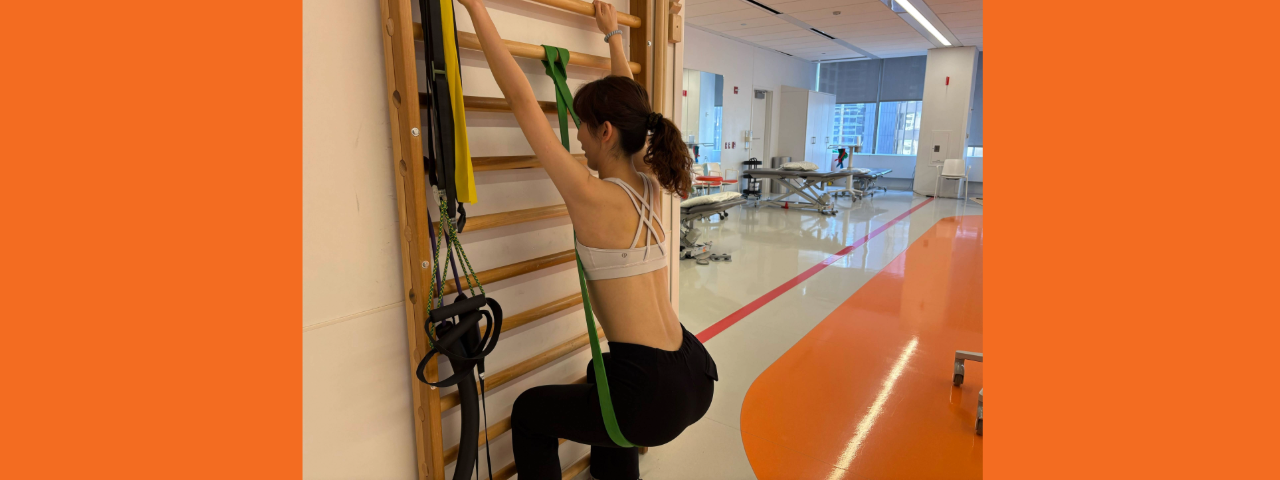Body
What do they do in the Wheelchair Room? It’s a simple question and the answer might seem obvious based on its name. However, according to Peter Slawinski, lead wheelchair technician, you don’t know the half of it.
“We build chairs for patients, but we don't just build chairs for patients,” he said. “There's so much more to it.”
Read below to learn why nobody else does it quite like the Shirley Ryan AbilityLab Wheelchair Room — and how that makes all the difference.
Peter, what is it like working at Shirley Ryan AbilityLab?
Body
In the Wheelchair Room, we literally give patients the opportunity to become active again. When they come in, some of our patients are focused on what they can’t do anymore. We reframe that thinking every day with the equipment we build. It won't be the exact same life they had before their injury, but we give patients the opportunity to move around and have a sense of independence again.
What kinds of wheelchairs do you build for patients?
Body
It runs the gamut. I'll build everything from a standard wheelchair, which consists of a seat with four wheels, to a motorized wheelchair with alternative drives such as switches attached to a patient’s head or a sip-and-puff system which allows a patient to drive a chair using just their breath. Adjusting and calibrating and programming chairs to each individual patient can take multiple sessions. That's part of what makes the job so complex, because every patient is different. You're never going to walk into a room and say, “I've seen this condition before, I know exactly what to do.” It doesn't work like that. We adapt to all abilities with each chair that we build for each patient.
What is the process for building chairs?
Body
We support the therapy team, so when a therapist has a patient, we go up sometimes to take measurements and dimensions. We adjust components to make sure that patients are fit and snug inside their chairs so that they get the best use out of the equipment. There’s no set timeline for how long it takes to build a chair because, like I said, each patient is a unique case and we work with each individually. What we do is very special. People from other hospitals come to our building and they come down to our floor and they're like, “How are you guys doing this?” Because they want to replicate what we're doing! It shows that we're doing something right.
How did you get your start in wheelchair fitting?
Body
I originally came from computer animation and programming. I was going to school for video game design, and I had no clue what the Rehabilitation Institute of Chicago was. But then the opportunity to interview for this job came up. I took it, but I thought I’d only be here about five years. But that five-year plan completely went out the window when I met Dr. Henry Betts, our former CEO. He used to say this one thing that really made an impact on me and made me think about what I wanted to do with my life: “It doesn't matter if you're the poorest person in the world or you're the richest person in the world; if you're a patient here, you're an equal." That was 20 years ago, but it still sticks with me because it's such a true statement.
Can you describe Shirley Ryan AbilityLab in one word?
Body
If I can only pick one word, it would be “change.” And I’m not talking only about patients. I’m also talking about staff; working here changes you mentally, physically and emotionally. The longer you're here, the more it changes you. For example, in our department, yeah, we're technicians, we work on chairs, we’re wrenching on equipment. But, at any given time, if a patient is having a bad day, we are there for them. We can provide an ear to listen, or a shoulder for them to cry on if they need it. We go that step above and beyond. We don't have to do it all the time but, when we do it, it matters and it makes a difference.

